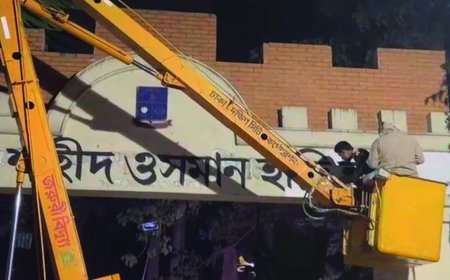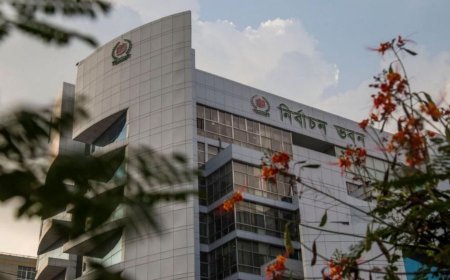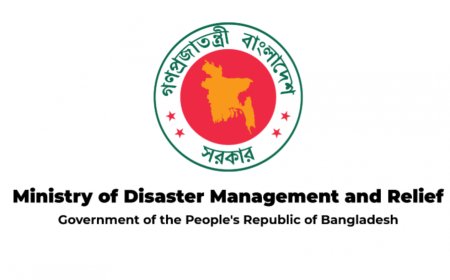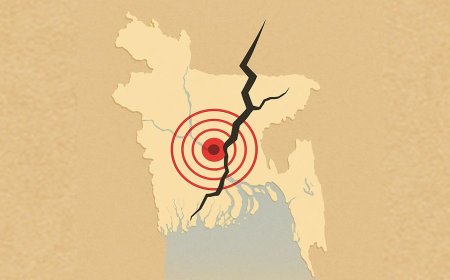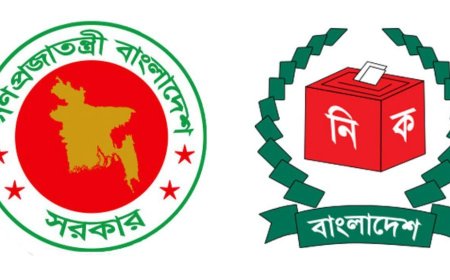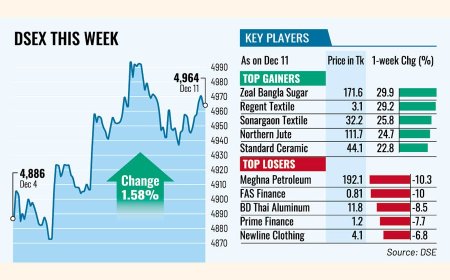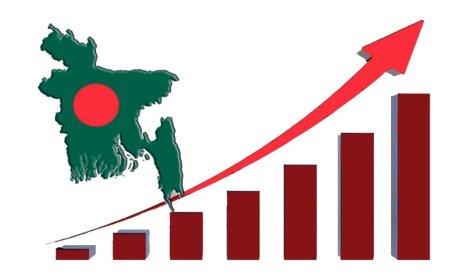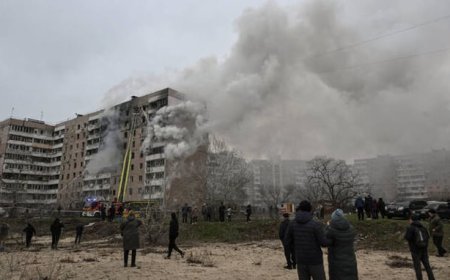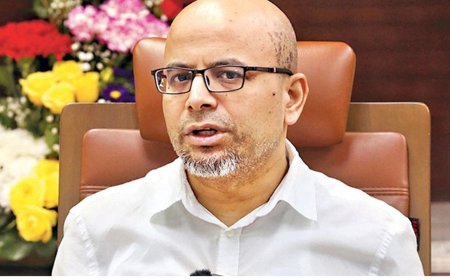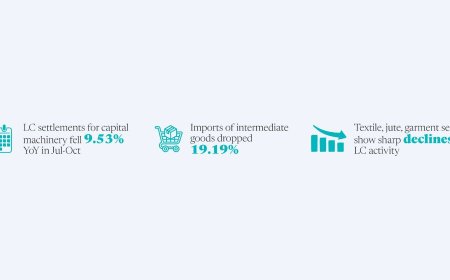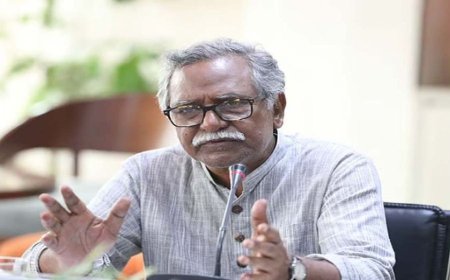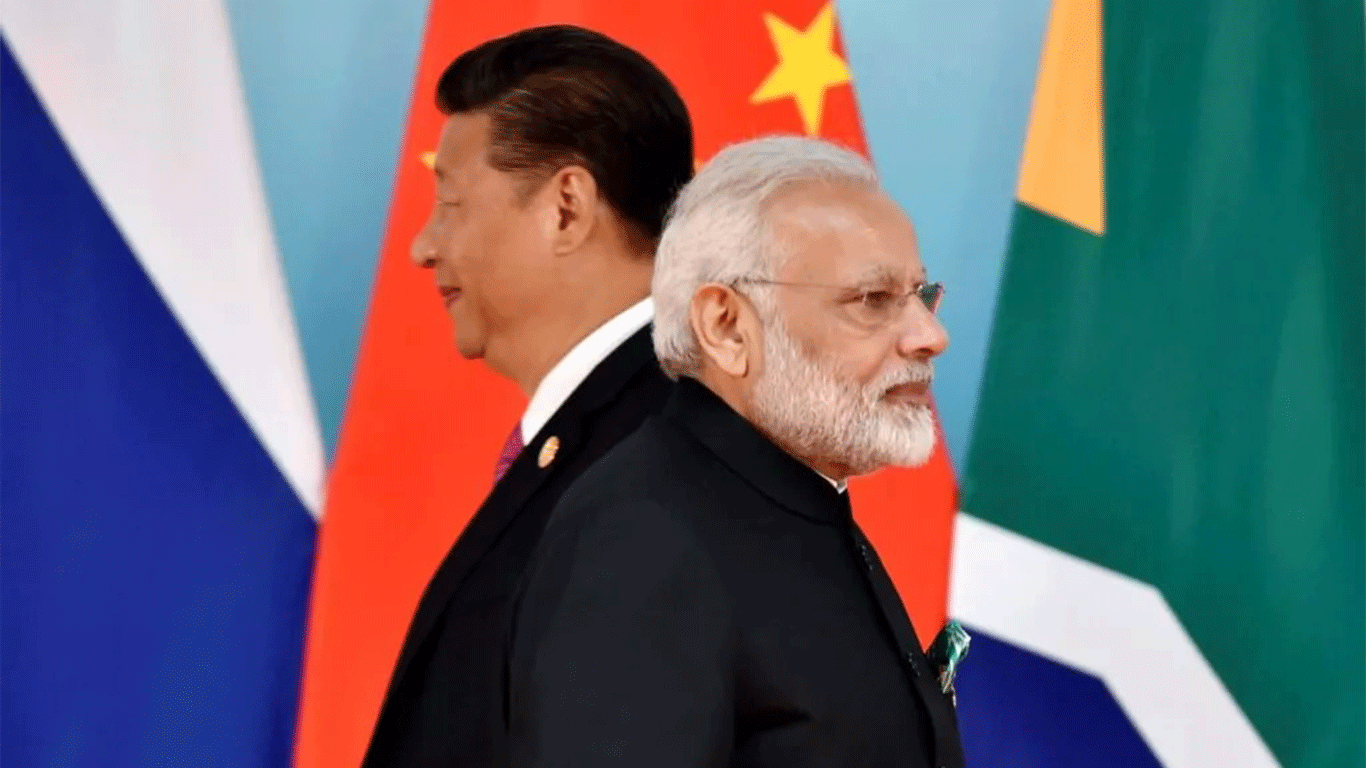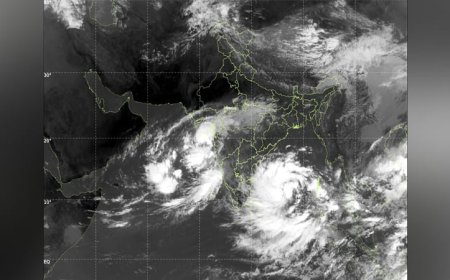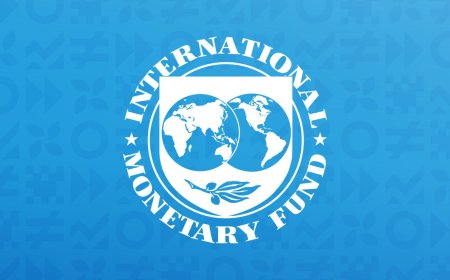Labour Market: A Potential Crisis in the Making
Bangladesh faces an oversupply of tertiary graduates, with the unemployment rate among educated youth increasing 2.5 times since 2010. This mismatch arises because their skills are not aligned with the needs of industries and the economy, as highlighted in the white paper on the state of the economy.

Rising Unemployment Among Educated Youth and Labour Market Challenges in Bangladesh
Despite possessing tertiary-level education, many graduates in Bangladesh are inadequately prepared for the workforce due to insufficient technical knowledge, according to a recent white paper on the state of the economy. Over the past 12 years, the number of tertiary graduates has surged 2.5 times, constituting about 9% of the total labour force by 2022. Correspondingly, the unemployment rate among these graduates has risen from 4.9% in 2010 to 12% in 2022.
The report highlighted that this group, comprising university and college graduates (including those from the Madrasah stream), is misaligned with the needs of the country's industry and service sectors. The oversupply of graduates, coupled with limited hard and soft skills, has exacerbated employability issues. Approximately 60% of public university students are enrolled in arts and social sciences, 24% in commerce, and only 12% in STEM (science, technology, engineering, and mathematics) fields. The report also noted even lower enrolment in STEM fields at tertiary colleges, reflecting the economy's limited demand for high-tech expertise.
"This low demand for STEM graduates will persist unless economic growth is driven by high-tech industries and ICT-related services," the report stated. "This creates a catch-22 situation, necessitating the integration of education policy with industrial policy."
The white paper panel, led by economist Debapriya Bhattacharya, submitted its findings to Chief Adviser Professor Muhammad Yunus on Sunday, characterizing the employability challenges and labour market dynamics as a "ticking time bomb."
Structural Challenges in Employment
The service and industry sectors predominantly rely on professionals and technicians with secondary or higher secondary technical education rather than university graduates. White-collar jobs account for only 9% of employment opportunities in industries and 23% in the service sector, according to the Labour Force Survey 2022.
Bangladesh's labour market also heavily depends on informal employment, which constitutes 85% of total jobs, rising to 88% in rural areas. Progress in transitioning from informal to formal jobs has been slow, with only a 2.6 percentage point reduction in informal employment since 2010.
Furthermore, the manufacturing sector has absorbed labour from agriculture at a faster rate than the service sector. By 2022, agriculture's share of the labour force had declined to 45%, while manufacturing rose to 17%.
Identified Problems and Recommendations
The white paper identified three primary issues in Bangladesh's labour market:
- Low Employability: Poor foundational education and inadequate job-readiness training.
- Mismatch Between Supply and Demand: Overproduction of graduates, particularly in arts and social sciences, exceeding market demand.
- Insufficient Job Creation: Limited opportunities for tertiary graduates, with no reliable statistics on annual job creation.
To address these challenges, the report recommends increased public investment in technical and vocational education and training (TVET). Despite its high employability and decent earnings potential, TVET suffers from poor perception and low enrolment. The panel emphasized enhancing the social image of TVET graduates through well-designed pilot programs.
Aligning education and industrial policies is critical to reducing mismatches and ensuring sustainable growth. The report called for a comprehensive labour market strategy integrated with the country's long-term growth plans.
Social and Political Implications
The rise in youth unemployment has sparked significant unrest, including a nationwide student movement in July demanding reforms to the quota system for government jobs. This movement culminated in the ouster of the Awami League government and the exile of Prime Minister Sheikh Hasina to India.
The white paper underscores the urgency of addressing the labour market's structural issues, which, if left unresolved, could have far-reaching economic and social consequences.
What's Your Reaction?







